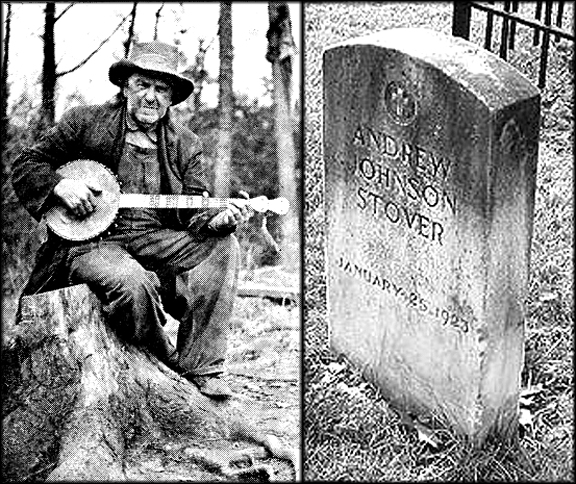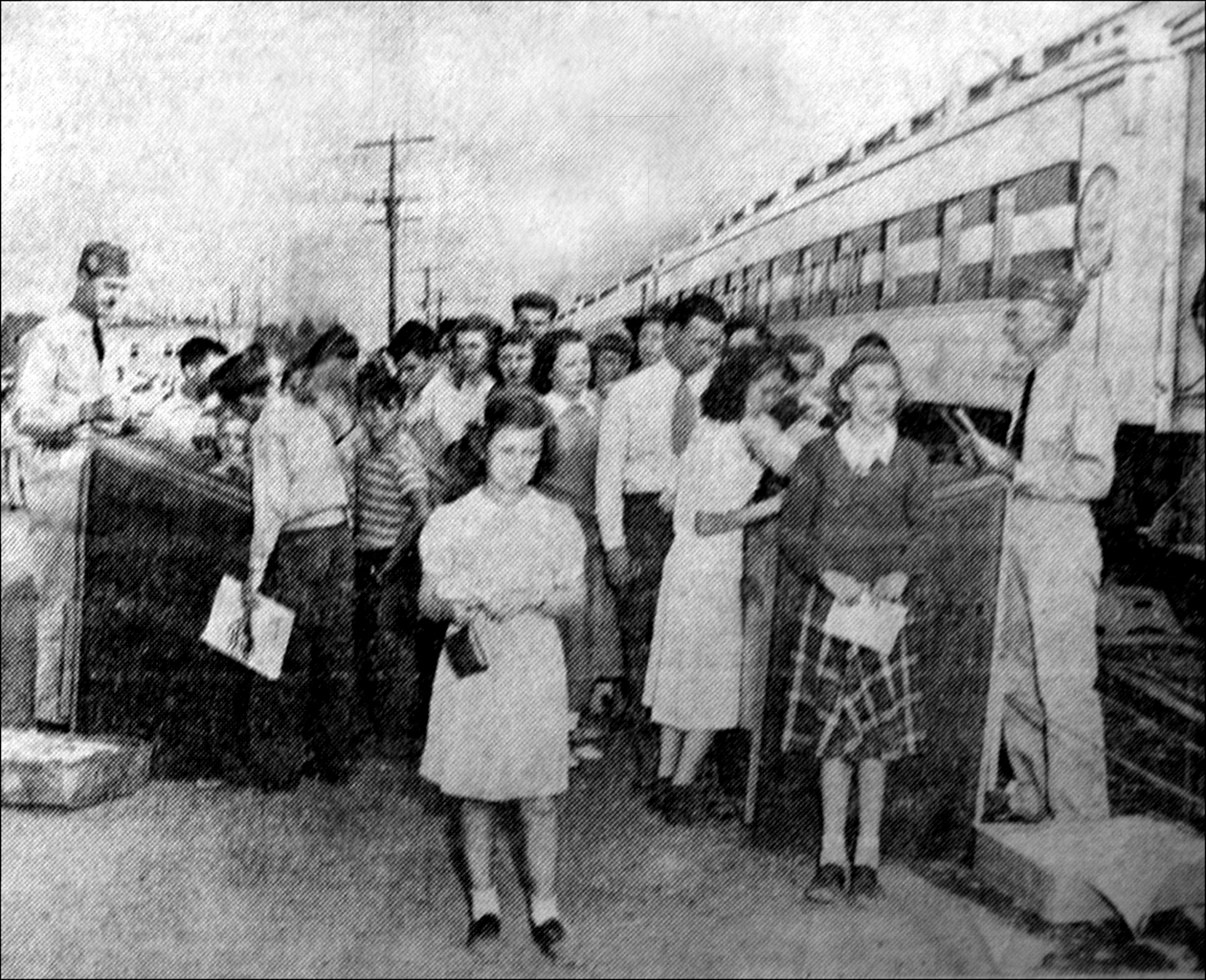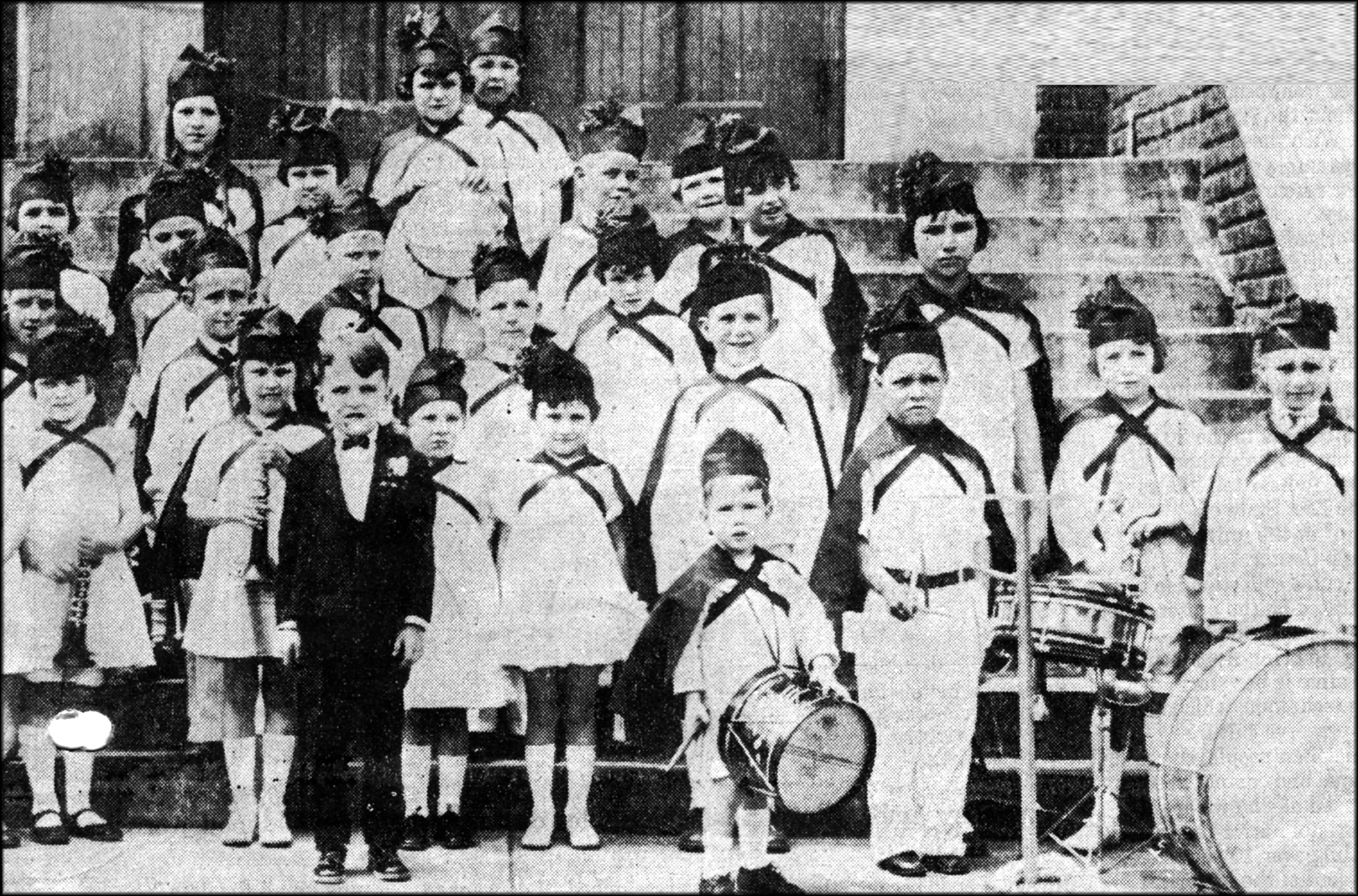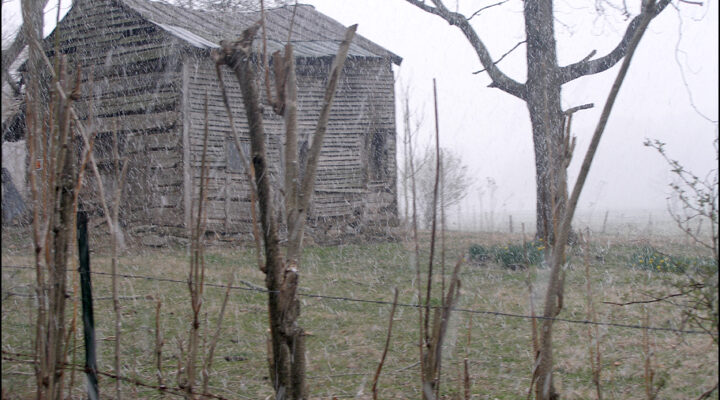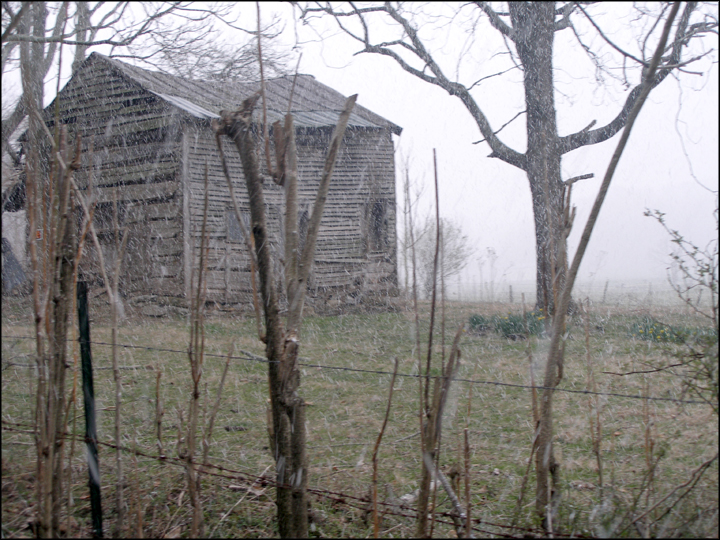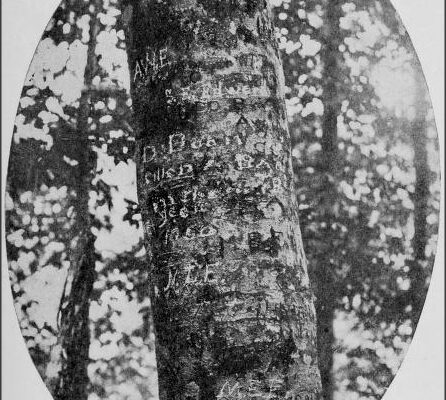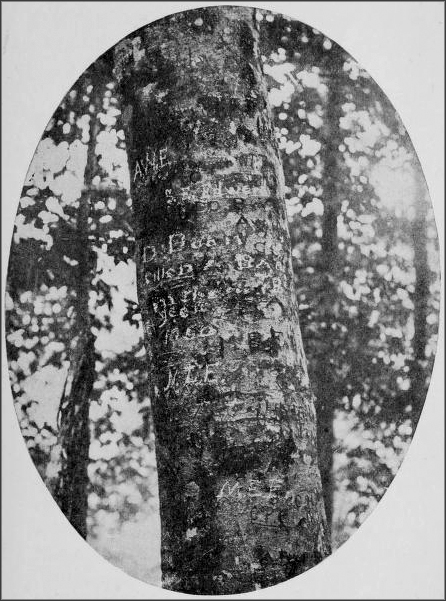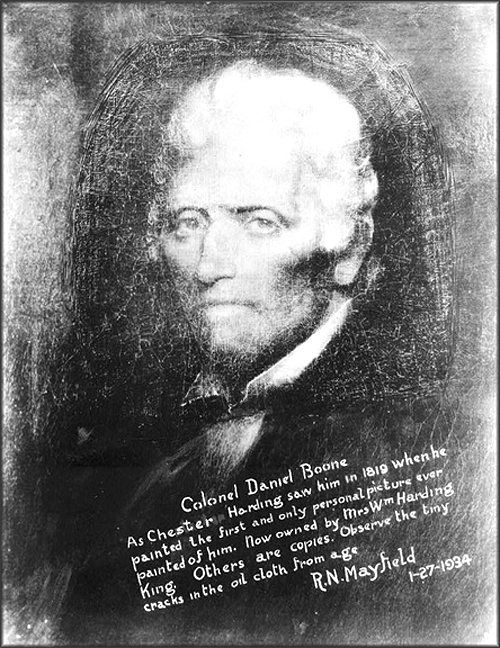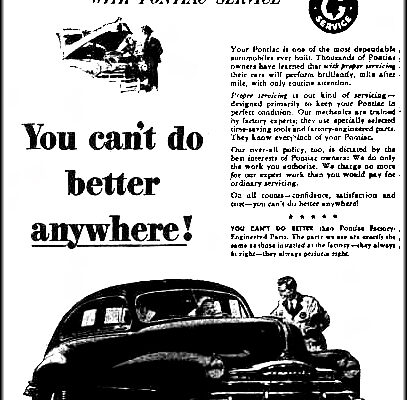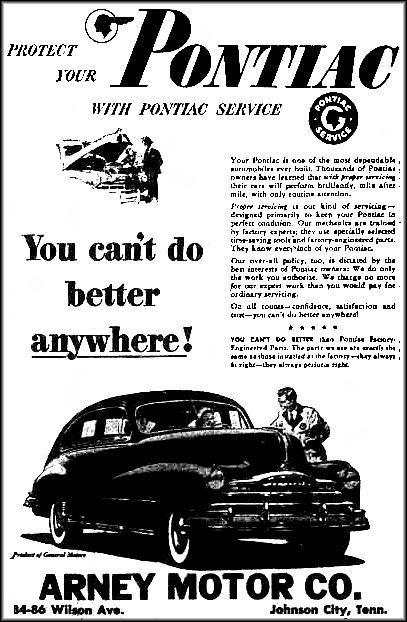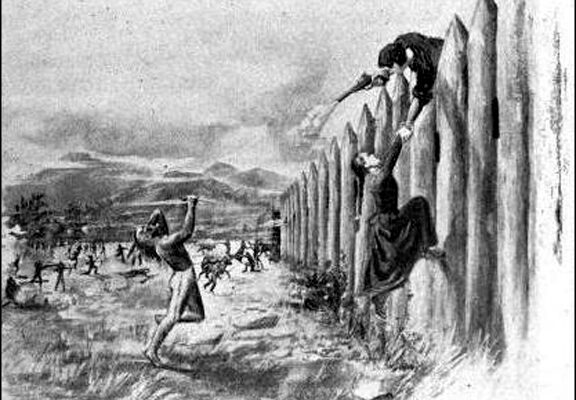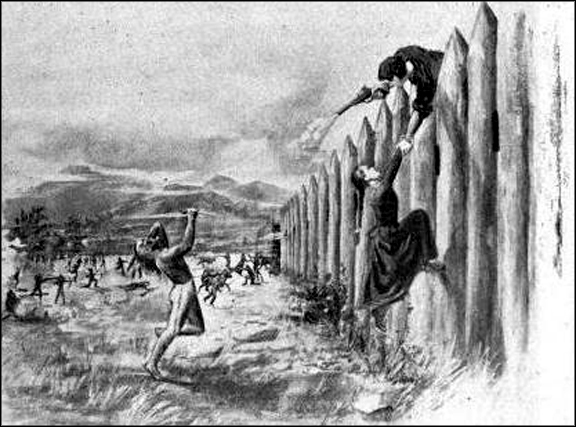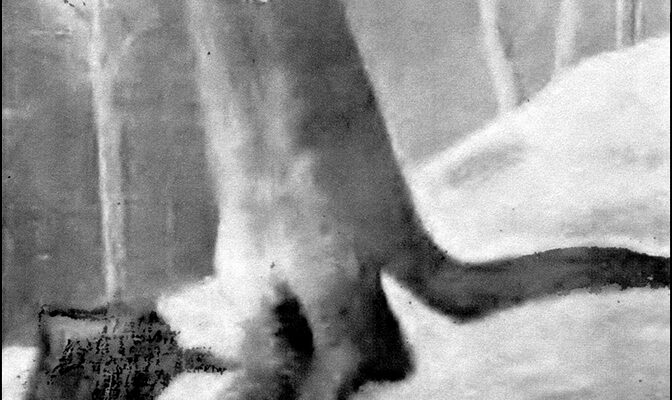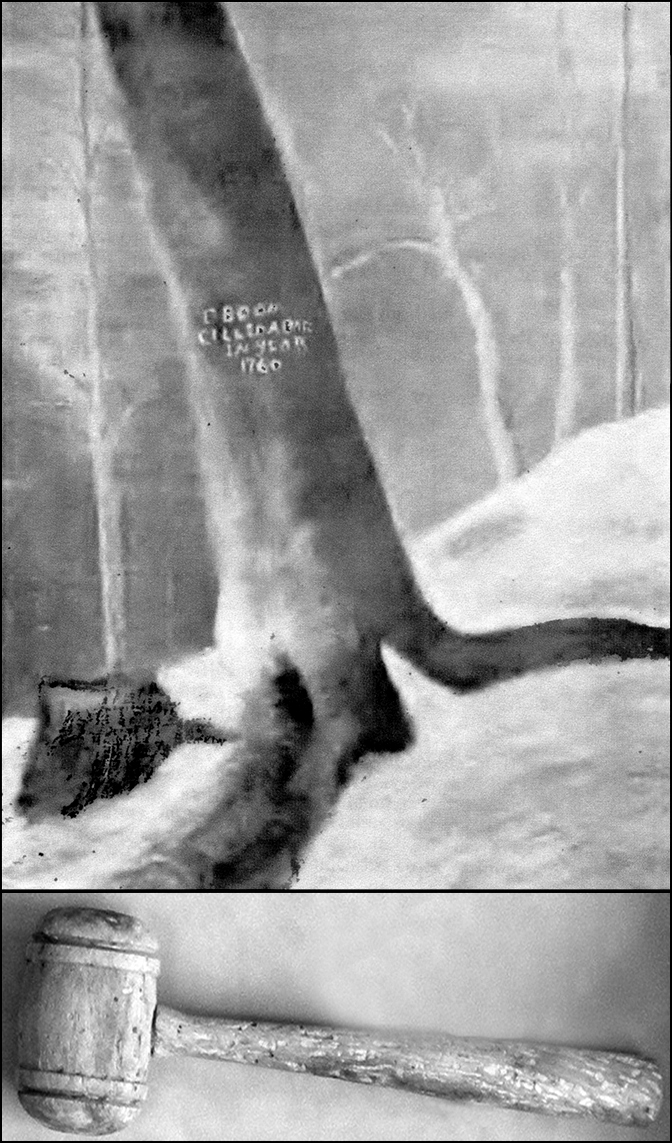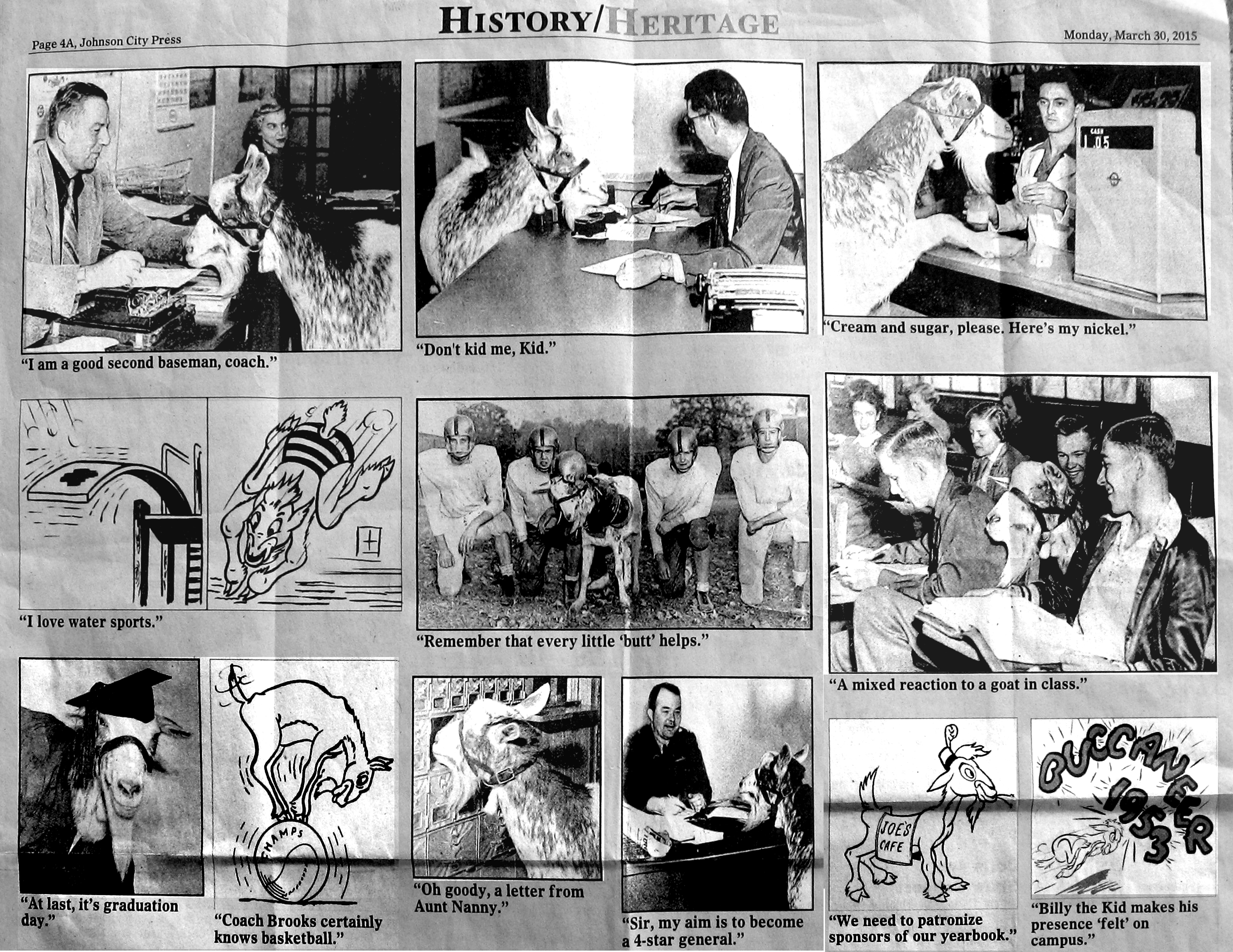Today's column conveys another Taylor Family account to my fervent yesteryear readers. It took place in Aug. 1900 at the delightful home of General James P. Taylor, near the community of Clarkson, TN. Not being familiar with that location, I learned that it was a community in Washington County that eventually became defunct.
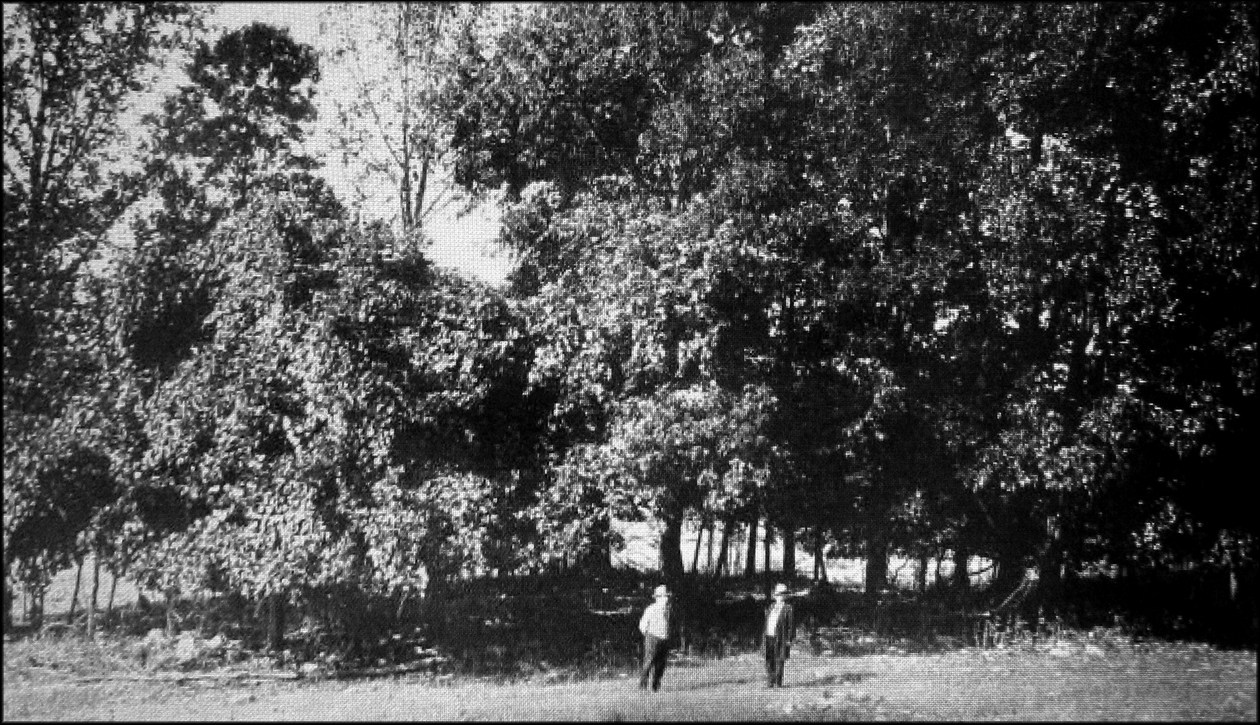
The Delightful Tranquil Setting of General James P. Taylor, a Relative of Bob and Alf Taylor
It seems that Gov. Robert L. “Our Bob” Taylor and his family were pleasantly spending the summer months there. Although the residence was yet unnamed, it would soon acquire one after the governor christened it, “Rattlesnake Lodge.” The name evolved after he and members of the family experienced a frightening encounter with a specimen of the poisonous timber rattler, “Crotalus horridus.” It showed at the front door of the elegant dwelling.
The governor's son, David, was the “Columbus” of the incident, being the first to spot the dreaded snake and make its presence known. He quickly elevated a yell of consternation, which quickly smote the crowd of loungers, supplanting their relaxation under the sprawling trees in the yard. Above the collective uproar of excited human voices could clearly be heard the death song of the fearful rattler.
The governor, who had been deeply pondering his new lecture, “Sentiment,” arose from his sylvan retreat and added his familiar voice to the rapidly augmenting commotion. He shouted, “Run for your lives,” and, at the same time, made several rapid retreating strides toward the horizon himself. Meantime, the venomous minstrel of the rocky foothills slowly slid into the grass near the path and merrily jingled his little tambourine as if to entertain his unsettled guests.
When the governor saw that his son had reached a place of comparative safety in the orchard some distance away and he himself had attained a strategic position on the nearby porch, he began to formulate designs for the demise of the unwelcome intruder. He doffed his hat and made a backward sweep with his hand as if to brush down imaginary hairs. Then, without hesitation, he shouted, “Kill it!”
The approval of this sudden declaration of war was at once attested to by a half a dozen female voices screaming their endorsement, “Yes, kill it.” The governor's secretary, who had previously served as a snake editor for a newspaper, told the crowd that “the best way to kill a snake is to run it to death.”
This would have been a most effective method of resolution had his “snakeship” been induced to follow the lead of that quick-thinking person and keep his pace for a few seconds. However, that did not occur.
Gen. Taylor's son, Robert, abruptly ran from the barn carrying a pitchfork in his hand and provided the spectators with a beautiful demonstration of a true politician at work. After the snake's life was snuffed out, its body was found to measure 42 inches in length and had six rattles.
This spine-chilling episode momentarily halted the crystallization of “Sentiment” but resulted in the naming of the home, “Rattlesnake Lodge.” The owner, who came up breathing heavily after the experience, found his household enjoying the dizzy whirl of the “serpentine dance,” a variation of the skirt dance involving movement and light.
It was noted that the governor and his family would be home in Knoxville early in September. Bob promised his public that if the timber rattlesnakes would stay away from him, he would finish “Sentiment,” in quick order.
For those readers interested in reading “Sentiment,” it can be found on pages 304-17 of Bob and Alf Taylor, Their Lives and Lectures. The Story of Senator Robert Love Taylor and Governor Alfred Alexander Taylor. Paul Deresco Augsburg, Morristown Book Company, Inc., 1925, Printed by Trobaugh Printing Company, Morristown, Tennessee. It is definitely worth a read. I read it hoping to find the mention of a snake but none was found.



